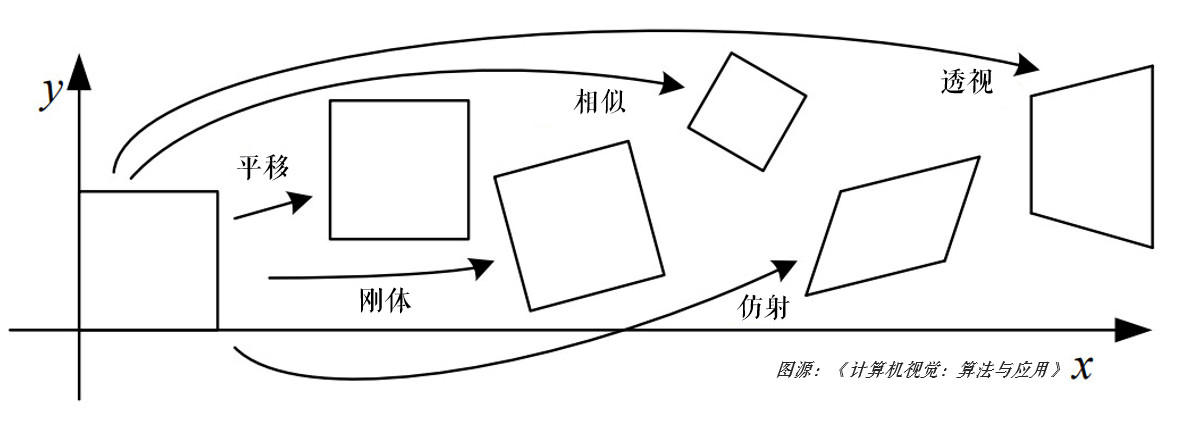Org Mode Syntax
Basics
Biggest heading
New chapter.
Bigger heading
New section.
Big heading
New sub-section.
Text breaks
By entering two consecutive backslashes, you can force to break lines
without starting a new paragraph.
For an horizontal line, insert at least 5 dashes: this is some text above an horizontal rule
and some text below it.
Numbered headings
You can create numbered headings up to a certain level by setting an option:
Lists
Org markup allows you to create bulleted or numbered lists. It allows any combination of the two list types.
Unordered lists
Itemized lists are marked with bullets. They are convenient to:
- organize data, and
- make the document
- prettier, and
- easier to read.
Create them with a minus or a plus sign.
Ordered lists
Enumerated lists are marked with numbers or letters:
- First element
- First sub-item
- Last sub-item
- Second element
You can have ordered lists with jumping numbers:
- First
- Second
- Jump to 5th
Definition lists
- Definition list
- List containing definitions.
- Term to define
- Explication of the term.
Checkboxes
- First item not checked
- Second item half done
- Another first
- Another second
- Third item checked
Miscellaneous effects
Include Org files
You can include another Org file and skip its title by using the :lines argument to #+INCLUDE:
File inclusion, through INCLUDE keywords, is an export-only feature.
Inline HTML
You can include raw HTML in your Org documents and it will get kept as HTML when it's exported.
Text can be preformatted (in a fixed-width font).
#+begin_info *Info example* \\ Did you know... #+end_info
LaTeX
You can also use raw LaTeX.
\begin{verbatim} Text can be preformatted (in a fixed-width font). \end{verbatim}
Centered text
This text is centered!
Code blocks
/* * Application that displays a "Hello" message to the standard output. */ int main(int arc, char **argv) { printf("Hello, %s!\n", (argc>1) ? argv[1] : "World"); return 0; }
Formatting text
Text styles
Regular text. Italic text. Bold text. Underline text. Stroke text.
Quotations
Use the quote block to typeset quoted text.
Everything should be made as simple as possible, but not any simpler – Albert Einstein
In a verse environment, there is an implicit line break at the end of each line, and indentation and vertical space are preserved:
Everything should be made as simple as possible,
but not any simpler – Albert Einstein
Details
Here is summary
Here are details.
- d1.
- d2.
#+begin_details #+begin_summary Here is summary #+end_summary Here are details. - d1. - d2. #+end_details
details { margin: 1em 0; } details > summary { cursor: pointer; } details > summary > p { display: inline; }
Aside
Here is a paragraph before aside paragraph: Salamanders are a group of amphibians with a lizard-like appearance, including short legs and a tail in both larval and adult forms.
Here is a paragraph after aside paragraph: Several species of salamander inhabit the temperate rainforest of the Pacific Northwest, including the Ensatina, the Northwestern Salamander and the Rough-skinned Newt. Most salamanders are nocturnal, and hunt for insects, worms and other small creatures.
Mathematical formulae
You can embed LaTeX math formatting in Org mode files using the following syntax:
For inline math expressions, use
\(...\): \(x^2\) or \(1 < 2\).It's not advised to use the constructs
$...$(both for Org and MathJax).Centered display equation (the Euler theorem):
\[ \int_0^\infty e^{-x^2} dx = {{\sqrt{\pi}} \over {2}} \]
The use of
\[...\]is for mathematical expressions which you want to make stand out, on their own lines.LaTeX allows to inline such
\[...\]constructs (quadratic formula): \[ \frac{-b \pm \sqrt{b^2 - 4 a c}}{2a} \]Double dollar signs (
$$) should not be used.
Comments
It's possible to add comments in the document.
Tables
| Header 1 | Header 2 | Header 3 |
|---|---|---|
| Top left | Top middle | |
| Right | ||
| Bottom left | Bottom middle |
| 1 | 2 | 3 |
| right | center | left |
| xxxxxxxx | xxxxxxxx | xxxxxxxx |
Images

Org miscellaneous
Dates
Timestamps: and .
DONE [A] Buy GTD book online
By default, DONE actions will be collapsed.
TODO [A] Read GTD book reading
TODO [B] Apply GTD methodoloy
Org macros
This text is colored in blue.
This other text is in red.
